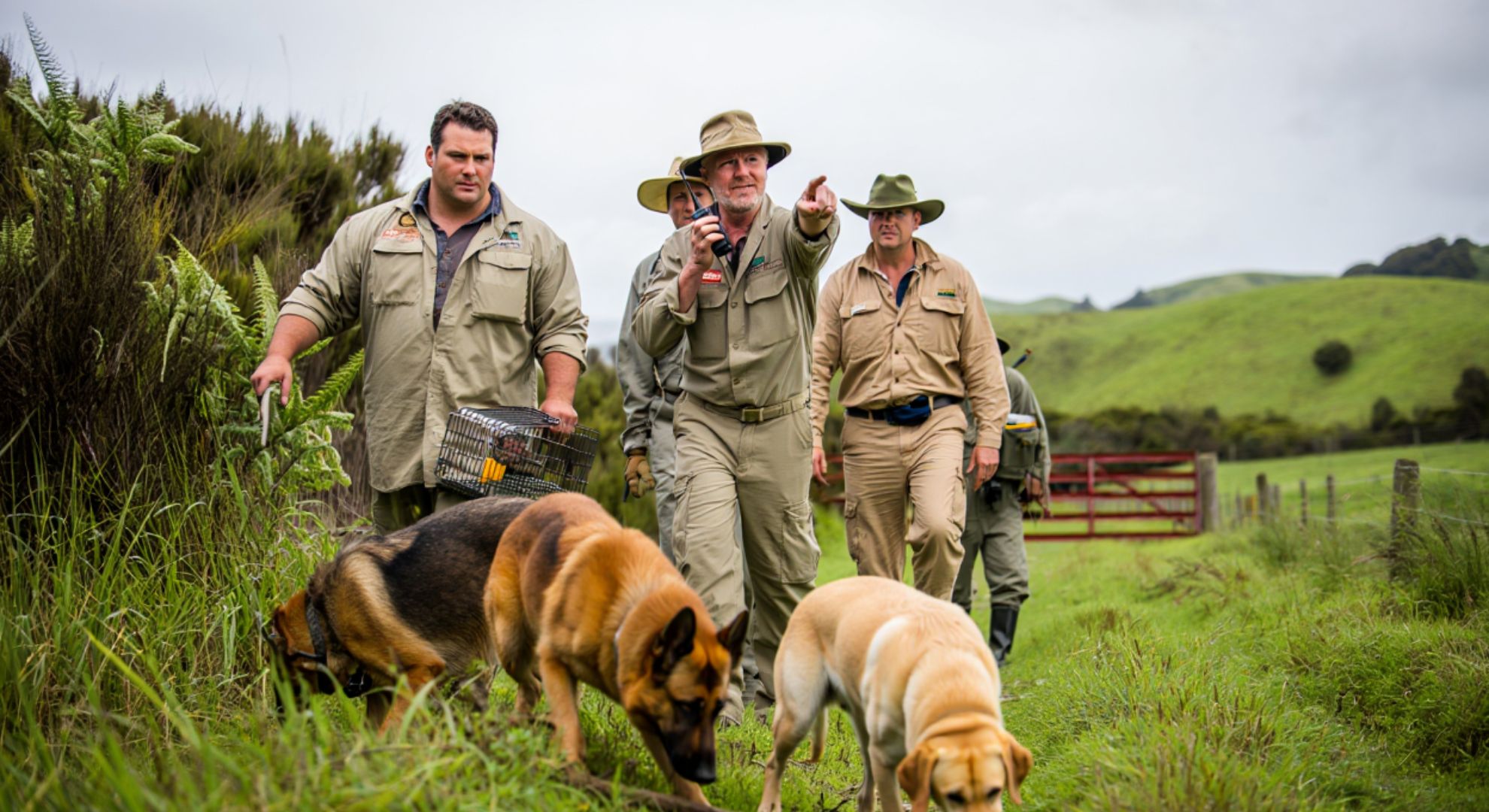The rumble in the paddock begins after dusk. Freshly turned soil curls at the edges of pasture, and neat rows of kumara vanish overnight. For many families, the striated hoofprints are a signature they now know too well. What felt like an occasional nuisance has become a steady pressure on margins, time, and sleep.
Hooves at the gate
Across Northland, farmers describe a swift shift from sporadic sightings to regular incursions. The animals move in tight groups, test fences with persistence, and learn. One herd’s advance becomes another farm’s mess the next night. “They’re smart, and they’re getting bolder,” said one grower, shaking his head at a gouged swale of turf.
The damage is not just visible; it’s compounding and seasonal. Soft autumn ground turns each nose into a plough, while lambing and calving seasons magnify the risk. For mixed operations, the problem weaves across pasture, crops, and bush margins.
Why numbers are rising
Several drivers are converging, locals and advisers say. Warmer winters and longer shoulders of mild weather extend foraging windows. Fragmented bush blocks create safe corridors for movement. And uneven control efforts let pressure build in pockets.
A hunter from Dargaville put it plainly: “We knock a few down, then they shift two valleys over. Without coordination, it’s whack‑a‑mole, every week.” Breeding rates don’t help either; a single sow can throw multiple litters in a year, quickly refilling the gaps left by sporadic culls.
What’s at stake for farms
Lost feed is the obvious headline. Torn paddocks mean regrassing, seed costs, and delayed grazing rotations. Rooted rows of maize or kumara never quite recover, even when stands are patched. Water quality risks rise as wallows expand, and pugged areas funnel sediment to the creeks.
There’s a quieter cost too: time and headspace. Night checks, callouts, and extra fuel for rounds drain the week. “It’s the worry that gets you,” said Aroha Jensen, a smallholder near Kaihu. “You fix one corner, they find the next.”
Tools on the table
No single tool fixes a dynamic problem. The best results come from layered tactics matched to local terrain. Below is a simple comparison of common approaches used by landholders and contractors.
| Method | Upfront cost | Speed of impact | Typical effectiveness | Key drawbacks |
|---|---|---|---|---|
| Night hunting (rifle/thermal) | Medium | Fast | Moderate on small blocks | Requires skill; boars get wary |
| Corral trapping with remote trigger | High | Moderate | High if done well | Setup time; animal welfare oversight |
| Aerial culling (chopper) | Very high | Fast | High on rough country | Expensive; requires scale, permits |
| Baited ground trapping | Low–Medium | Slow–Moderate | Moderate | Non-target risk; constant checks |
| Hot-wire fencing on hotspots | Low–Medium | Slow | Low–Moderate | Boars push under; maintenance heavy |
| Coordinated block programme | Variable | Moderate–Fast | Very high | Needs neighbours, schedules, data |
“Think about pressure, not just numbers,” advised Mike Rangi, a contractor near Maungaturoto. “Drive pressure down across a landscape, and your farm stops being the refuge.”
Local voices
Some farmers are already pivoting. “We pooled a kitty, hired a trapper, and synced our nights,” said Sue Hart, who runs beef near Waipu. “First month, we took 29 animals. The second month, we saw tracks, not trenches.”
Regional advisers echo that message. “When neighbours share maps and timing, results stick,” said a biosecurity officer who works across the north. “Without that, the problem just shifts, paddock to paddock.”
What farmers can do now
- Map hotspots with photos and dates, then share with neighbours to spot patterns.
- Prioritise corral traps on travel routes, not inside the damage zones.
- Rotate night hunting with quiet approaches; avoid educating the mob.
- Buffer sensitive paddocks with temporary hot wires and cleared edges.
- Log every boar removed and every sighting; treat it like stock control.
Risks, ethics, and the social licence
Public roads, lifestyle blocks, and tourism tracks complicate the picture. Shots near dwellings are rightly sensitive, and poorly managed trapping invites backlash. That’s why certified operators and clear protocols matter. Humane dispatch, prompt checks, and clean baits protect both animals and reputation.
There’s also the bush, where ground nesters and young seedlings take a hidden hit. As pressure moves inland, the ecological bill grows. Saving a paddock today by pushing mobs into kauri country is not a real win.
The road ahead
The next twelve months will test whether coordination can beat attrition. If neighbours lock arms, if councils back data, and if contractors share intel, the tide can turn. Farmers aren’t asking for a miracle; they’re asking for momentum.
“Give us a plan bigger than the next full moon,” said Jensen, glancing at a field of fresh furrows. “We can do the work. We just need to do it together.”
